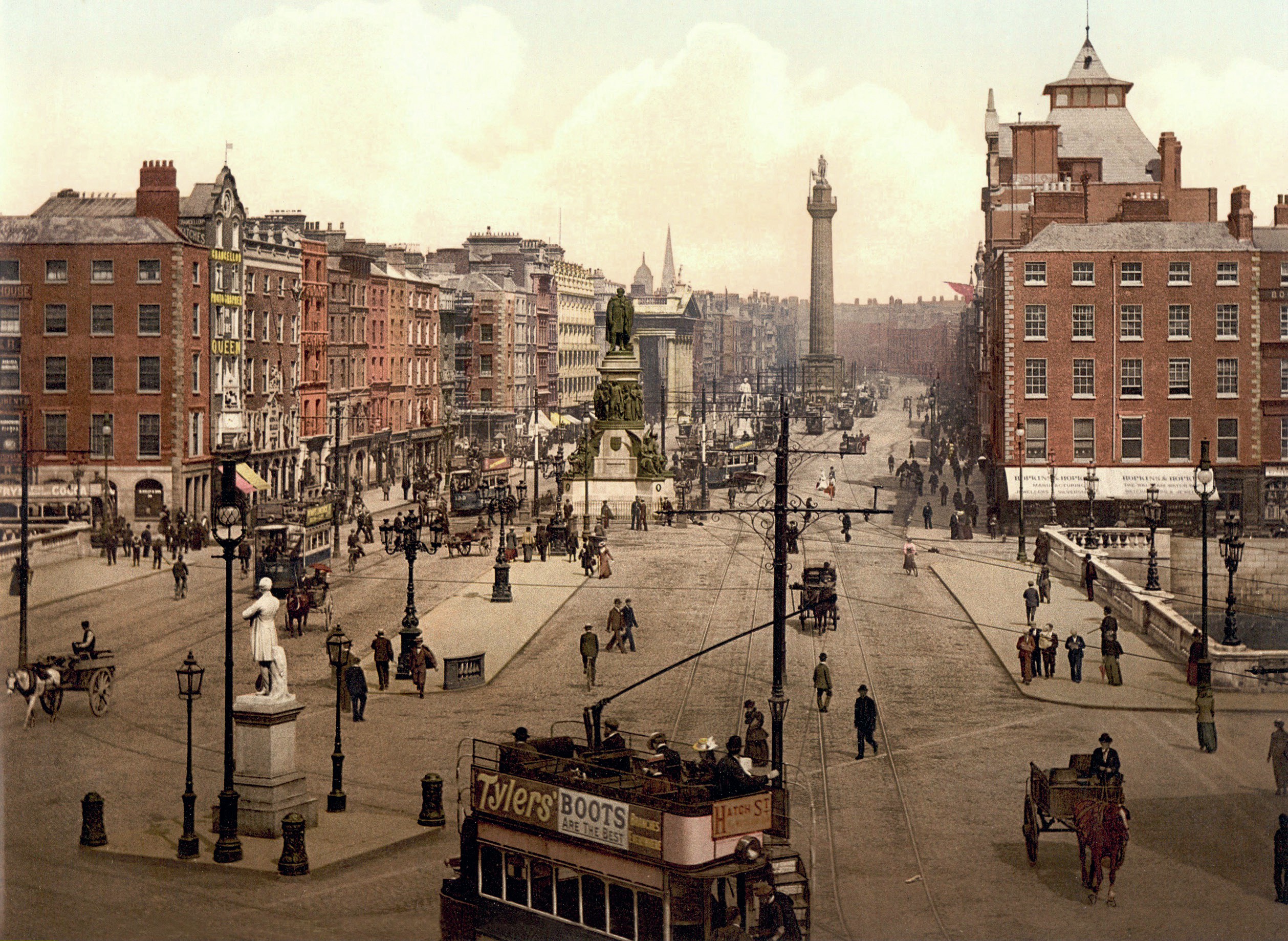
Short stories are popular NEA texts, but they are not always used to their full advantage. The short story is a genre with its own characteristic features and a range and flexibility that — if carefully considered — should provide many opportunities for effective NEA work. This article will focus on ways of approaching short stories, with particular reference to James Joyce’s collection Dubliners (1914).
If you choose to study short stories as one of your NEA texts, there is an expectation that at least two short stories from a collection will be explored in your response, and that you will also demonstrate clear awareness of the nature of the whole collection. It is significant that Dubliners is a collection rather than an anthology. Collections are bodies of work put together by the writers themselves, while anthologies are broader selections put together by editors. This distinction is important. The arrangement of short stories within a collection will reflect the writer’s overall design. Joyce, for instance, consciously arranged the sequence of his stories in Dubliners to create a complex structure which charts a progression from childhood to adolescence, maturity and public life.
Your organisation does not have access to this article.
Sign up today to give your students the edge they need to achieve their best grades with subject expertise
Subscribe




